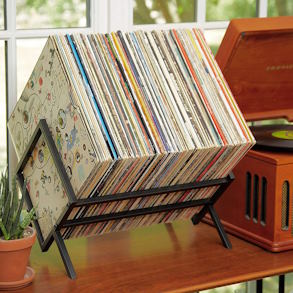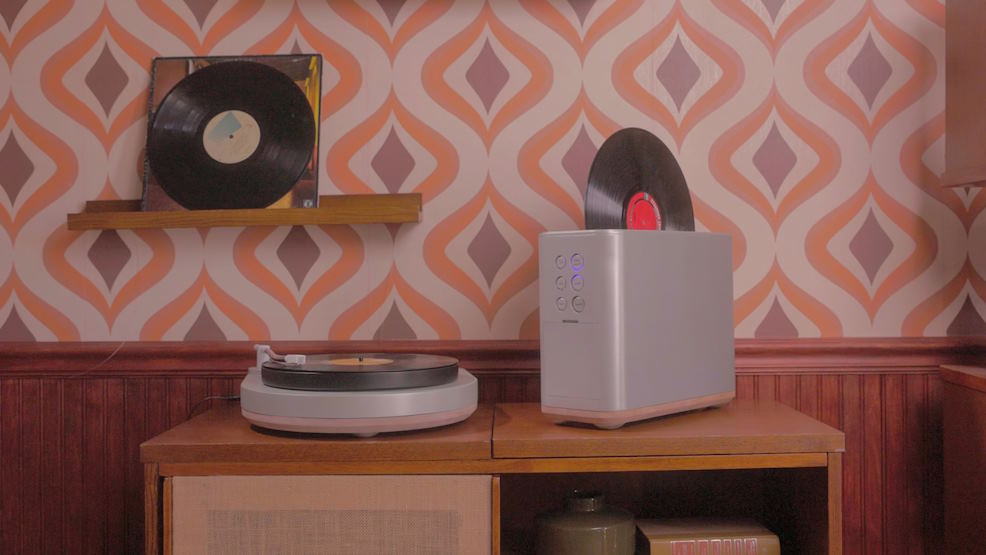Why Vinyl Records Offer a Unique Listening Experience
In an era dominated by streaming services and digital downloads, the resurgent popularity of vinyl records may seem like a nostalgic throwback. However, beyond mere nostalgia, vinyl offers a unique listening experience that resonates with audiophiles and casual music lovers alike. From the tactile ritual of selecting a record to the warmth and depth of its analog sound, vinyl records provide an immersive journey into the world of music that is unmatched by digital formats.
Intimate Listening Experience
Vinyl records offer an intimate listening experience that fosters a deeper connection between the listener and the music. One key factor contributing to this intimacy is the limited playback time of vinyl records. Unlike digital playlists that can go on endlessly, vinyl records typically have a finite duration, encouraging listeners to devote their full attention to the music at hand. This limitation prompts focused listening, allowing listeners to fully immerse themselves in the sonic journey from start to finish.
 Furthermore, the absence of a shuffle feature on turntables under $500 for an affordable vinyl experience encourages album immersion. Rather than skipping between tracks or playlists, listeners are encouraged to experience an album in its entirety, just as the artist intended. This sequential listening experience not only allows for a greater appreciation of the album’s thematic and sonic cohesion but also fosters a deeper understanding of the artist’s creative vision.
Furthermore, the absence of a shuffle feature on turntables under $500 for an affordable vinyl experience encourages album immersion. Rather than skipping between tracks or playlists, listeners are encouraged to experience an album in its entirety, just as the artist intended. This sequential listening experience not only allows for a greater appreciation of the album’s thematic and sonic cohesion but also fosters a deeper understanding of the artist’s creative vision.
Perhaps most importantly, vinyl records facilitate an enhanced connection between the listener and the music. The physical act of handling and playing a record creates a tactile bond with the music, while the warmth and depth of analog sound envelop the listener in a sonic embrace. This tangible connection transcends the digital divide, allowing listeners to forge a more intimate and personal relationship with their favorite albums, one needle drop at a time.
Tangible Connection to Music
Vinyl records offer a unique and tangible connection to music that digital formats simply cannot replicate. One of the most striking aspects of vinyl is its physical format, which inherently encourages deeper engagement with the music. Unlike streaming or digital downloads, where music exists in the abstract realm of data, vinyl records are physical objects that you can hold, handle, and admire.
The ritual of handling and playing records adds an extra layer of intimacy to the listening experience. From carefully selecting a record from your collection to delicately placing the needle on the spinning disc, each step becomes a cherished ritual that heightens anticipation and builds anticipation for the music to come. The act of flipping through album covers, reading liner notes, and admiring artwork creates a multisensory experience that engages both the mind and the body.

Warmth and Depth of Sound
Vinyl records are renowned for their unparalleled warmth and depth of sound, qualities that set them apart from their digital counterparts. At the heart of this distinction lies the difference between analog and digital sound reproduction. While digital formats aim for perfect replication through sampling and encoding, vinyl records capture the nuances of sound in a continuous, analog format.
The result is a richness and warmth that is often described as more natural and organic than digital audio. Vinyl’s analog sound quality allows for a dynamic range that digital formats struggle to match, producing a depth and clarity that can transport listeners to the heart of the music. From the gentle crackle of the needle to the full-bodied resonance of bass notes, every aspect of the sound is imbued with a tactile quality that engages the senses.
Moreover, vinyl’s ability to capture nuances and imperfections adds to its charm and authenticity. Unlike digital formats, which strive for flawless reproduction, vinyl records embrace the inherent imperfections of the medium, from surface noise to minor fluctuations in speed. These imperfections contribute to the unique character of each recording, reminding us that music is a living, breathing art form meant to be experienced in all its raw and imperfect glory.